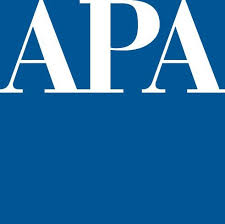CREW Iowa uses national study to close some gaps

KENT DARR Jun 1, 2016 | 9:22 pm
2 min read time
452 wordsAll Latest News, Lift IOWA, Real Estate and DevelopmentWomen in commercial real estate have closed the pay gap with their male counterparts by a small degree, according to a study commissioned by CREW Network, an organization that represents women in a range of fields connected with commercial real estate.
In Greater Des Moines, the results of that study form the basis of efforts to bridge differences between men and women in commercial real estate, said Siobhan Harman, president of CREW Iowa and real estate development manager for Kum & Go LC.
The national study has been conducted every five years since 2005. It asks the same questions every year to provide an accurate benchmark of progress or lack of progress for women in commercial real estate. The survey is conducted in conjunction with the Massachusetts Institute of Technology Center for Real Estate. The same questions are asked of men and women.
The results of the 2015 survey were released this spring. Here is a summary:
- Women’s career satisfaction and feelings of success increased across all industry specializations. Women with higher commission-based pay reported the highest career satisfaction.
- More women fill senior vice president, managing director and partner positions than ever.
- The percentage of women who have other employees reporting to them is now on par with their male counterparts.
- An “aspiration gap” exists between men and women in commercial real estate, with 28 percent of women surveyed aspiring to the C-suite compared with. 40 percent of men; 47 percent of women respondents aspire to the senior vice president, managing director or partner levels.
- In 2015, the industry median annual compensation was $115,000 for women and $150,000 for men — an average income gap of 23.3 percent. The income gap was widest in the C-suite at 29.8 percent.
- One in five women surveyed said that family or marital status had adversely impacted their career or compensation.
The survey results are used for the basis of white papers compiled by the national CREW Network that focus on ways to address issues of concern to its members, Harman said.
For example, women report that they would like opportunities to work with a mentor and to have more opportunities for networking. As a result, CREW Iowa asked for volunteers for a mentoring program and wound up with 14 volunteers who are paired in seven mentor-mentee groups out of its membership of about 60.
Another area for improvement is in negotiating salaries. A range of studies across an array of professions have found that women are not as aggressive as men in negotiating pay. CREW Iowa plans a class on salary negotiations as a result. It also has conducted a class on conflict resolution at work.
“Our chapter is very active and engaged,” Harman said.










